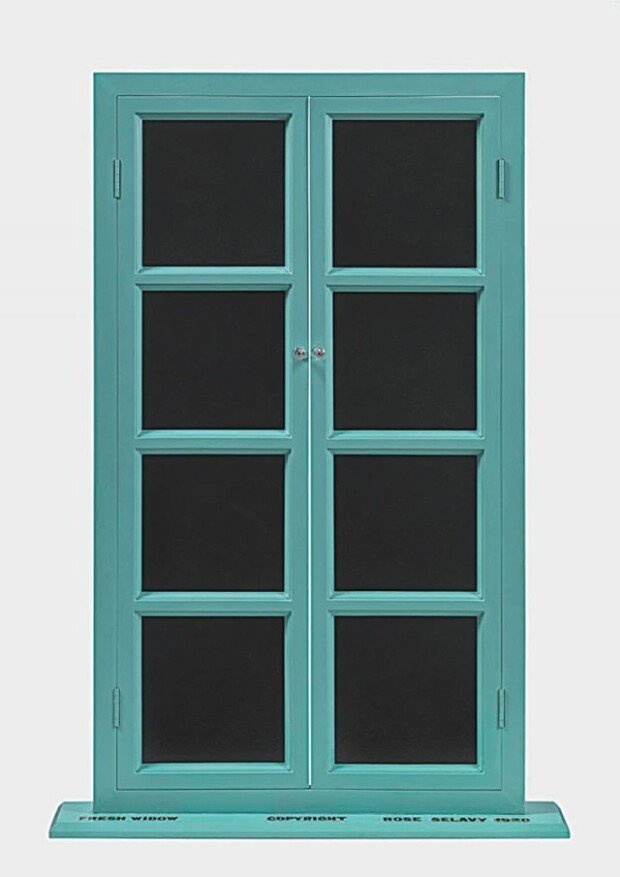Black window
Black window
Posted May. 26, 2022 07:50,
Updated May. 26, 2022 07:50

In 1920, Marcel Duchamp had a carpenter to make a French window. The window appears useless as the glass panes of it are covered with black leather. Why did Duchamp create such window? And what does the name of the work, “Fresh Widow” mean?
Duchamp is considered one of the most influential artists of the 20th century. Called the “Father of modern art,” Duchamp refused to paint or make artworks by hand, and selected manufactured objects and called them, “ready-made.” He stopped using Cubist techniques in 1913 and introduced his first ready-made work, which went against common ideas. He earned a reputation as an artist after exhibiting a porcelain urinal in New York in 1917. The “Fresh Widow,” which was first produced in 1920, has a special significance in Duchamp’s works. He said it was the starting point of his new works. Duchamp enjoyed playing with words.
The title, “French Widow,” is a pun on the English phrase, “French Window.” It may seem like a funny pun but also points to the gloomy phases of the times. At that time, there were a lot of women, who lost their husband in the World War I in Europe. Duchamp signed “Fresh Widow,” using the name of his female alter ego Rose Sélavy. It was the first work Duchamp signed as Rose Sélavy. After that, Duchamp continued making bold moves, even breaking gender barriers.
“The danger is in pleasing an immediate public. Instead of that, you should wait for fifty years or a hundred years for your true public,” Duchamp said. It means innovative artists should create works that are ahead of their time, and be wary of the public, who welcomes and praises them immediately. Windows usually symbolize a bright future leading to the outside world. The glass panes covered with black leather were probably Duchamp’s way of cynically describing a gloomy world without a future and those who cannot look ahead.







